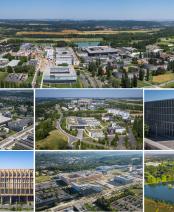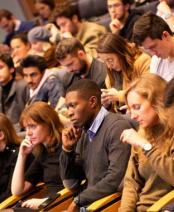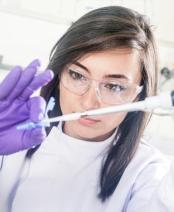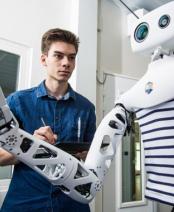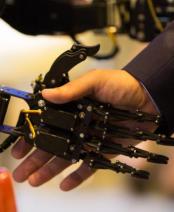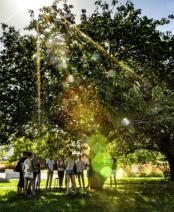IP Paris finalists 3MT 2025 competition
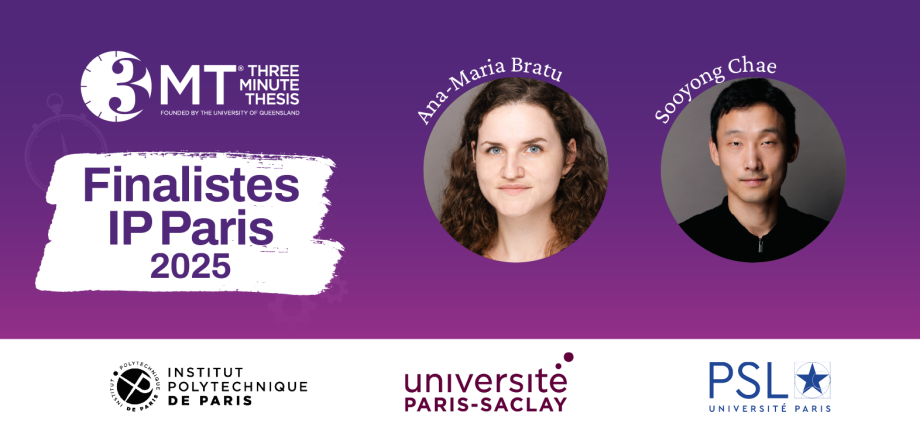
 | Ana-Maria Bratu is pursuing her doctoral thesis at LadHyX laboratory (a joint research unit CNRS, École Polytechnique, Institut Polytechnique de Paris, 91120 Palaiseau, France). Her thesis title is: Plant dispersal by rain as a problem in drop impact. What does your thesis research consist in?My thesis focuses on rain-driven seed dispersal — a fascinating yet still understudied mechanism. I primarily conduct laboratory experiments to understand how raindrops disperse plant reproductive units and how we might harness rain as effectively as plants do. What motivated you to undertake a doctoral thesis in this field?I have always been passionate about understanding how nature works. Pursuing a PhD has been a dream opportunity to deeply explore this world and uncover its hidden mechanisms. My professional environment help me to go further. I’m lucky to be surrounded by amazing mentors and a supportive team who encourage and challenge me, fostering both my scientific growth and personal development. This is a setting where I can truly thrive. Why is it important for you to popularize your work and present it to the general public?To me, science should never be confined to laboratories or specialized journals. It must be accessible to everyone. I believe it’s essential to demonstrate that with the right tools, curiosity, and dedication, anyone can understand research. Science is important for all of us because it helps us better understand our world and has the potential to transform our everyday lives. I am especially passionate about fundamental research because it grants the freedom to explore, dream, and innovate. The sky is the only limit — and sometimes, a single drop of water can spark a wave of groundbreaking discoveries. What does the 3MT® competition mean to you, and what are your expectations?The 3MT competition is an exciting challenge for me: to distill the essence of a PhD project into just three minutes. It’s also a valuable opportunity to step beyond the academic sphere and share my work with a wider audience. I hope this experience will help me sharpen my scientific communication skills while also inspiring others to engage with research, ask questions, and explore. It’s a way to demonstrate that science can be both rigorous and poetic. |
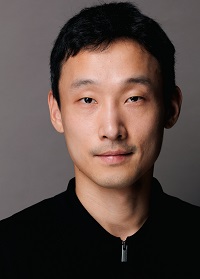 | Sooyong Chae is pursuing his doctoral thesis at LPICM laboratory (a joint research unit CNRS, École Polytechnique, Institut Polytechnique de Paris, 91120 Palaiseau, France). His thesis title is: Prospective studies for the development of real-time imaging Mueller polarimetric guidance system for neurosurgery using polarization sensitive Monte Carlo and machine learning approach. What does your thesis research consist in?My doctoral work, under the guidance of Dr. Tatiana Novikova, is dedicated to bringing wide-field Mueller polarimetric imaging (light is polarized when the electric field of the light wave oscillates along a specific direction) into the operating room as a real-time navigational guide for brain tumor resection. Essentially, we're working on problems that can ultimately help surgeons see the boundaries between healthy brain tissue and tumors during surgery. To accomplish this, we are developing machine-learning algorithms (and hardware solutions) that can accelerate data acquisition and post-processing speed. We're also using Monte Carlo simulations of polarized light traveling through multilayer, anisotropic brain models to identify the optimal wavelengths and polarimetric parameters that both maximize penetration depth and enhance contrast between healthy and tumorous tissue. Finally, we're working on deep-learning segmentation algorithms that can improve the distinction between white matter, gray matter, and tumor borders. What motivated you to undertake a doctoral thesis in this field?Although my academic journey began outside of traditional physics path—in health economics and biomedical AI—I was immediately drawn to the opportunity to bring biomedical optics into clinical application. The prospect of translating cutting-edge imaging technologies into tools that could guide real operations seemed like an opportunity you can’t miss. Since working with the Horao team in France and Switzerland under Dr. Novikova's guidance, I've been fortunate to be surrounded by brilliant colleagues and mentors tackling a problem of real human impact. Leaving New Zealand for France was a bold leap of faith, but one I'm deeply grateful for. Why is it important for you to popularize your work and present it to the general public?When we're deep in the details, it's easy to lose sight of the bigger picture. By turning technical jargon into clear, compelling stories, I want to show how our work can enhance surgical precision, improve patient safety, and build public awareness and support. What does the 3MT® competition mean to you, and what are your expectations?This challenge forces us to think differently about our research and its place in the world. Beyond sharpening my communication skills, it provides an opportunity to showcase our team's accomplishments and learn from the diverse projects of fellow PhD students. |









